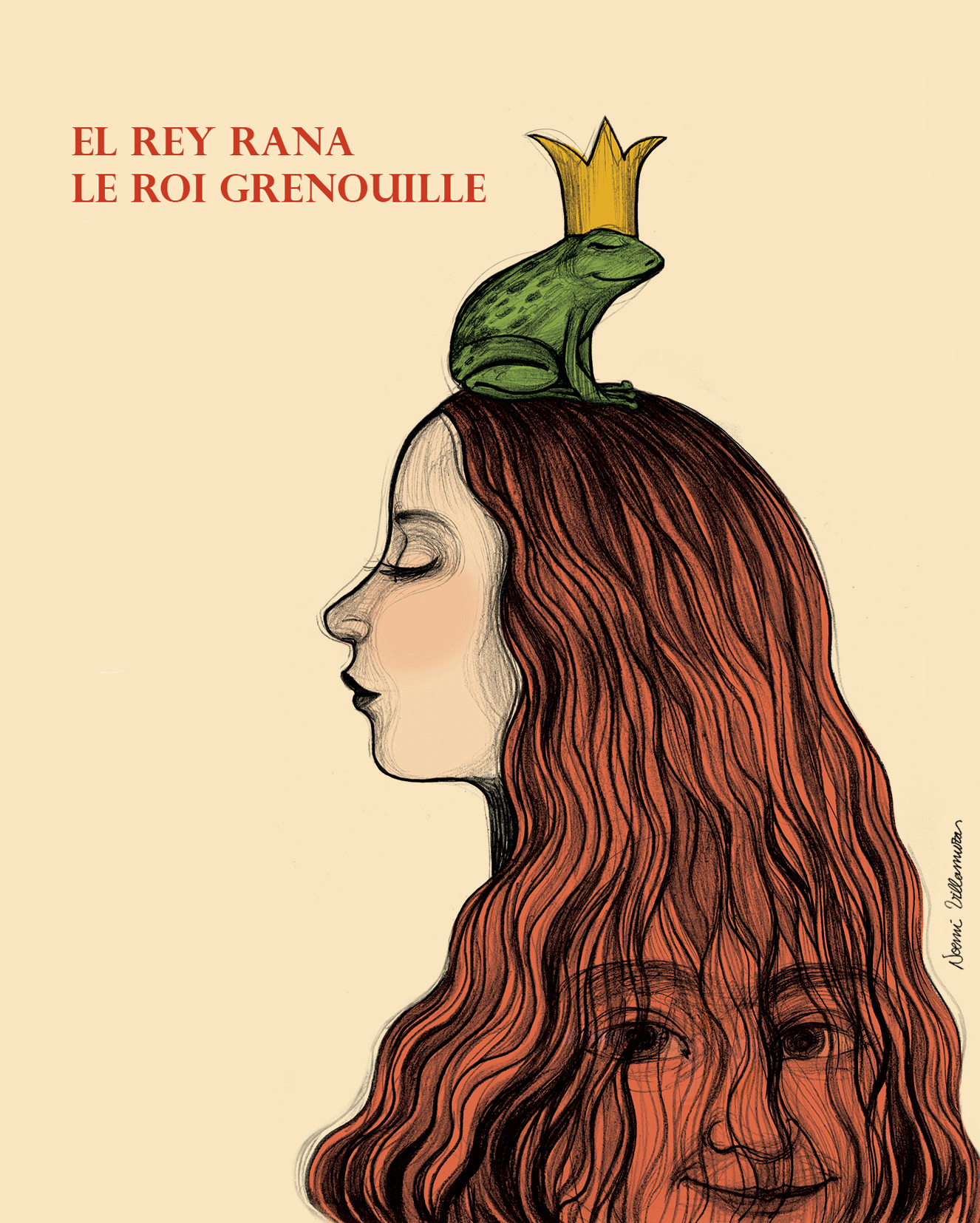Comment changer une grenouille en prince ? Les metamorphoses traductives de « Der Froschkönig oder der eiserme Heinrich» en anglais, d' Edgar Taylor a Philip Pullman
DOI:
https://doi.org/10.26754/ojs_ondina/ond.201812068Abstract
The afterlife of the Kinder- und Hausmärchen (1812-1857) owes a lot to translators and illustrators who have fashioned an image of Grimm’s tales that is sometimes far removed from the actual stories collected by the German scholars. The first English translation of « Der Froschkönig oder der eiserne Heinrich » is a good case in point. The history of the reception of the Grimms’ emblematic Märchen begins with « The Frog-Prince », a free translation-adaptation by Edgard Taylor and his collaborator David Jardine published in German Popular Stories (1823-1826). Aimed at a young public, this first translation (or rather transcreation) became a huge success in England and abroad. Scholarly editions and re-translations of the tales, as well as countless adaptations for children in fairy-tale collections and picturebooks ensued. In particular, I analyse Philip Pullman’s recent retelling of the tale in Grimm Tales for Young and Old (2012), based on Margaret Hunt’s, Ralph Manheim’s, and Jack Zipes’s classic (re)translations. Pullman’s « The Frog-King, or Iron Heinrich » recapitulates the history of the tale, as it were, while proposing an original reading that highlights the queer potential of the story. Thus, every translation, adaptation or rewriting can be seen as a critical and creative retelling of the tale as a multi-layered text that keeps metamorphosing – not unlike the enchanted frog itself.
Key Words:
Frog King, Edgar Taylor, Philip Pullman, translation studies, fairy tale studies
Downloads
Downloads
Published
How to Cite
Issue
Section
License

Creative Commons License 4.0.
Los autores son los depositarios del copyright Creative Commons




